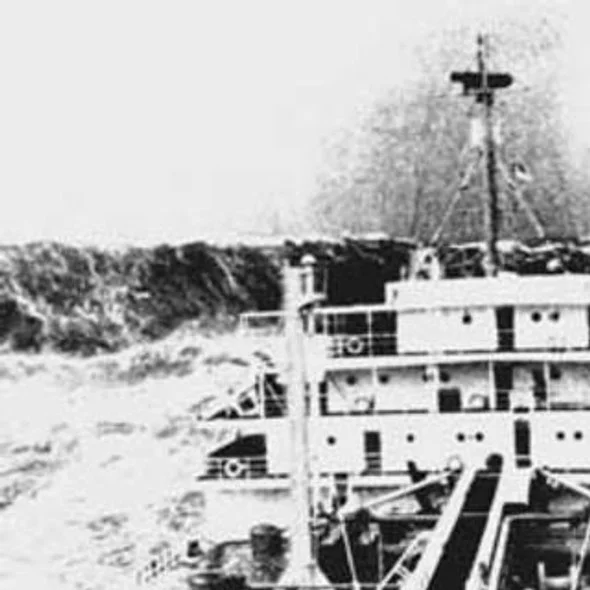For those done full-time cruising, some just want to go back to the simplicity of sailing…
Featured Articles
The end of the year is time to renew subscriptions and replace older apps with new ones. New technology and improved functionality promise a safer, faster, and easier user experience. In this case it is from Navionics, a Garmin Company. And General Motors.
The fear and mystery about sea monsters and rogue waves goes back to the early seafarers. With much improved technology, computers, and satellites, we know much more about this phenomemun today…and they are much more common than previously believed.
Susie Goodall had a really close call, but she is safe after losing her Rustler 36 in the Southern Ocean. The 29-year-old was knocked unconscious when her boat pitchpoled end over end in rough seas and high winds.
She was eventually picked up by a cargo ship on its way to Argentina.
If you are an “experienced” cruiser (aka old person) you probably remember the days of Selective Availability (SA) and intentionally reduced GPS accuracy. The military only let us know our location within 100 meters. This continued for years, despite ongoing pleas from the FAA and USCG to provide everyone with the accuracy available from the GPS satellite system.
It took a jetliner being shot down to turn off this reduced-accuracy SA.
Today we could not live without accurate GPS information. At home, on the road, and on the water.
Let’s take a look at some ways to cut expenses, and conversely, how to make money while cruising. They both contribute to allow you to keep enjoying the lifestyle.
Not many couples can get by making video vlogs on YouTube of their adventures, and expect others to pay for their experience through donations and Patreon.






It’s been a long time coming but we now see tangible progress emerging to reduce our dependence on fossil fuel. If the U.S. Navy can prove that it works, isn’t it about time the concept of the modern cruising boat includes hybrid forms of propulsion?